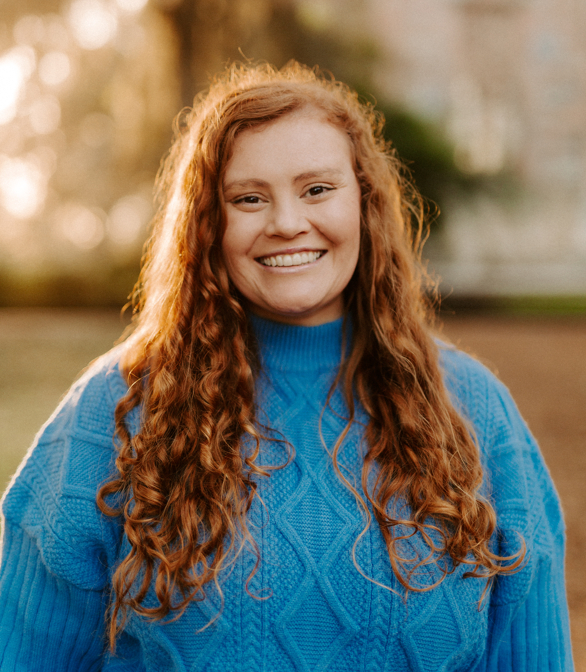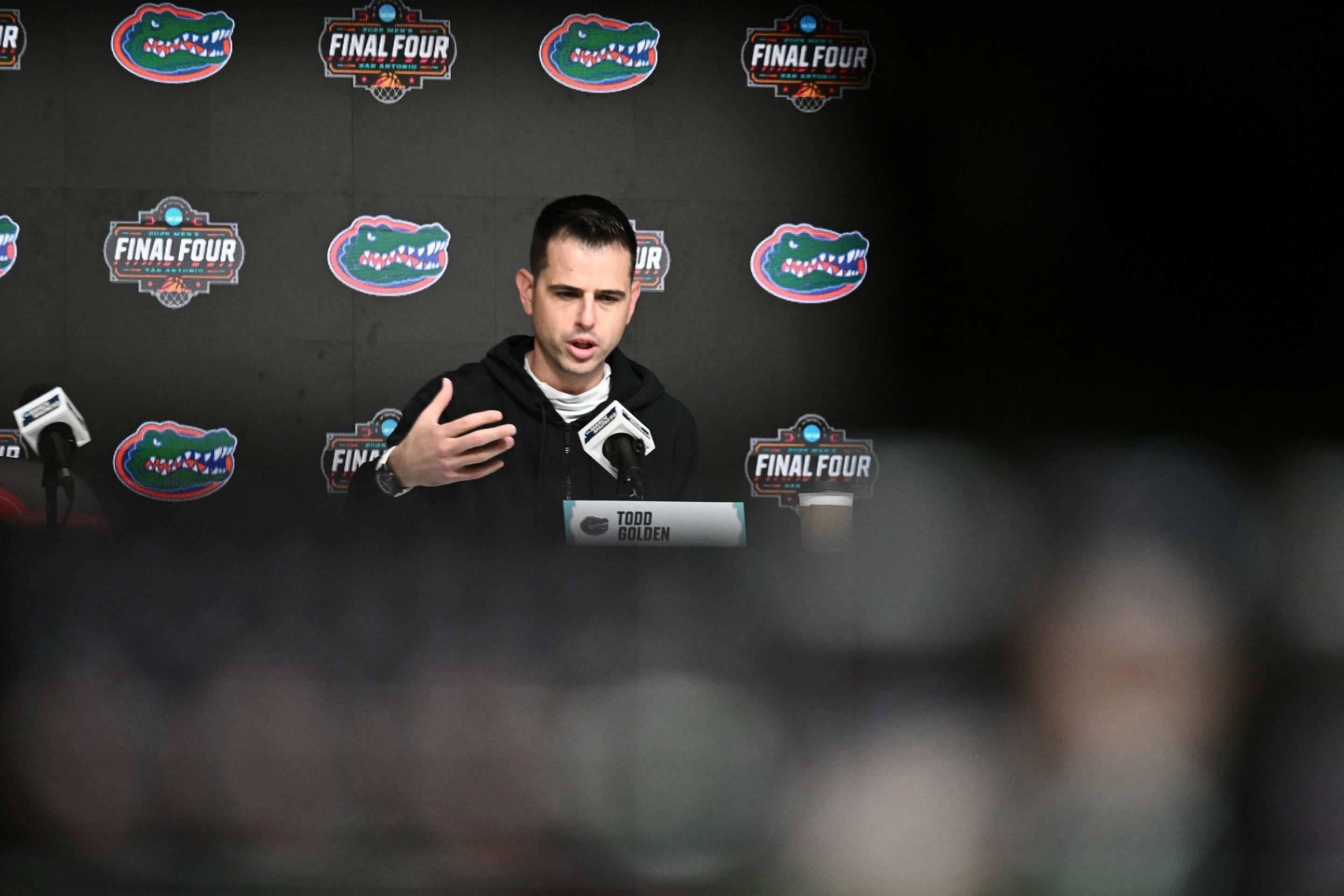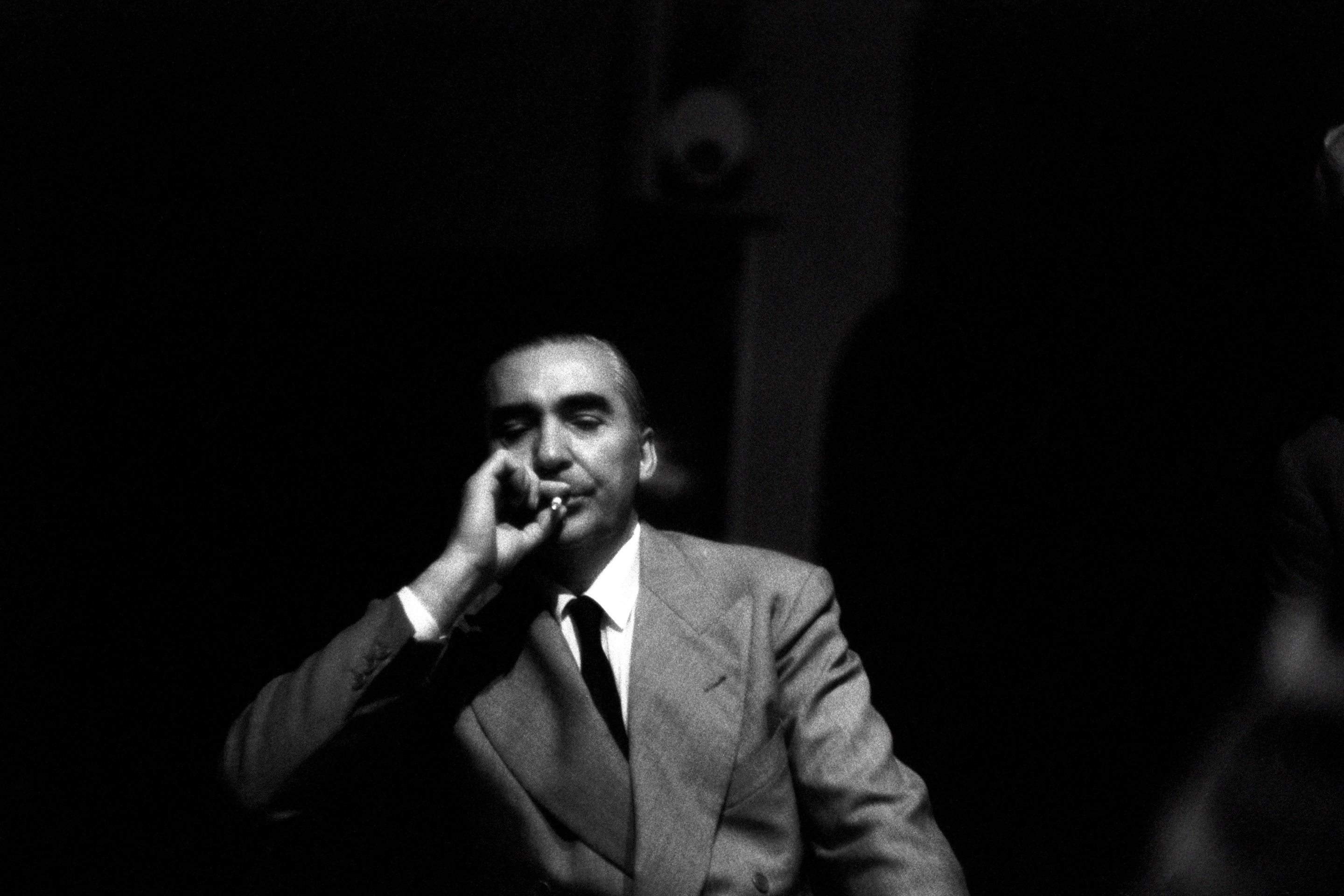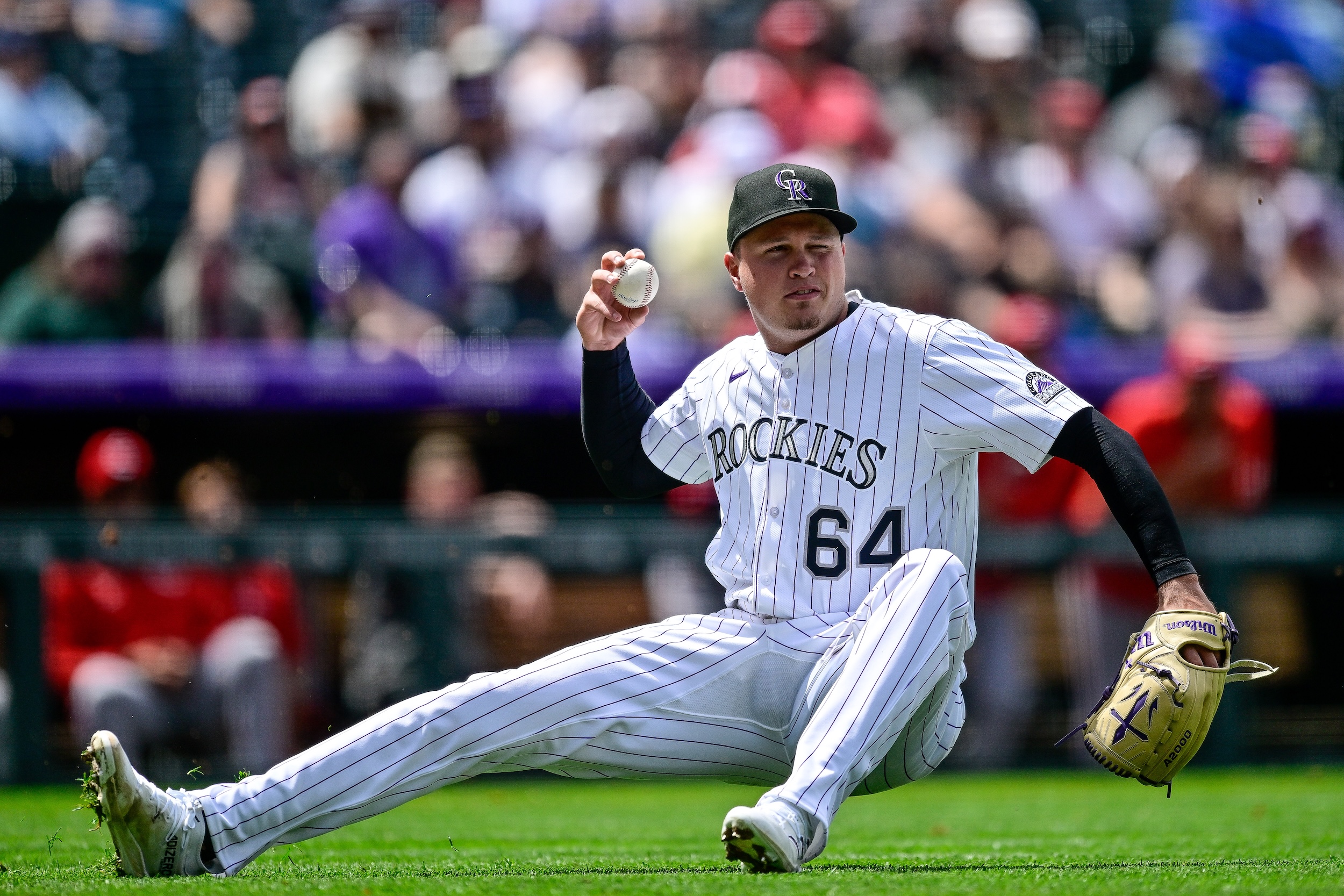The NCAA’s name, image and likeness policy went into effect on July 1, and while it was the charming, low-stakes endorsements that grabbed most of the attention, power players were hard at work behind the scenes. It didn't take long for NFL agencies to start announcing their signings. At 6:49 p.m. that day, Steinberg Sports tweeted a video teaser of Oklahoma quarterback Spencer Rattler, an announcement that the agency had signed the redshirt sophomore to represent in NIL deals. A week later, Rattler has his own merch store up and running. The next day, VaynerSports announced they’d signed Clemson quarterback DJ Uiagalelei (class of 2024) to an NIL deal. Later on July 2, Alabama quarterback Bryce Young rejoined Twitter after a two-and-a-half year hiatus (his last tweet was about his commitment to Alabama), and it was reported that Young (class of 2024) had signed with CAA for his marketing representation. An hour later, Young tweeted about his first deal.
Young and Uiagelelei are two promising sophomores heading into their first season as college starters, and along with Rattler have a chance to challenge for the Heisman this coming season. They are also potentially huge earners in the NFL.
Without the change in NIL policy—enacted by the NCAA only after their hand was forced by lawmakers around the country—the big agencies would not have been able to enter into any contract or agreement or formal relationship with the young quarterbacks. They’d be recruiting via text or phone or dinners without any type of commitment or financial exchange—at least, nothing on top of the table—in the hopes of convincing the player to sign with them once they declared for the draft. But now NFL agents can legally sign and make money off of college players while also using that relationship to try to recruit them to stay on as clients when they begin their pro careers, where the money at stake is much, much bigger. It’s created a competition behind the scenes as agents vie for the top prospects, a competition not even the agencies themselves had fully anticipated.
“A lot of agencies are using it as a way to jump into the relationship and control the athlete in hopes that they do become a full-fledged contract client,” says CJ LaBoy, VP of Football for Wasserman.
LaBoy says his team at Wasserman hasn’t yet signed any college football players to NIL deals, though he says a “big number” of players have reached out to the agency and he has conversations about NIL daily with college players and their families. He says the policy is long overdue and players deserve this opportunity but he's concerned that the NIL rush will make players more vulnerable to signing bad deals and getting taken advantage of by bad actors. “It has shifted the recruiting up several years and it’s really opened a box that, quite candidly, I don't think is great for the player," he says. "It could be great for our business, because you could get into these players earlier, but I don't know if that is the best thing for these players.”
“It’s certainly accelerated certain talks that you wouldn’t normally have at this time, that you are now having with players,” says Ethan Lock, NFL agent for First Round MGMT, a firm that has signed several college football players to NIL deals, including Southern Mississippi sophomore running back Frank Gore Jr.
“We obviously know we can’t say, ‘Hey, sign with us for marketing and then you’ll sign with us to be your agent,’” Lock says. “That's not legal and we understand that and these are completely separate discussions. [But] is it possible there will be a lot of relationship building during this period?”
Lock says it’s always been “an arms race” to get pro clients, but he speculated that if an agency can’t get enough NIL opportunities for a college player, it could wind up hurting their relationship for NFL representation instead of cultivating it. “The agent business is all about over-selling and under-delivering, it always has been,” he says. “With Spencer Rattler you can’t under-deliver, a high school kid could bring deals for him, but everyone is rushing to get clients and except for those [elite] types of clients, we’ll see if they bring them deals.”
But what, exactly, would "delivering" even look like? Peter Schaffer, president of Authentic Athletix, says he has signed a few college players to NIL representation deals, but wouldn't disclose the exact number. He says he’s turned down several players who had unrealistically high expectations for the money they’d earn. “We are being very careful, because number one, I don’t know what the market is.”
“Right now everybody is guessing,” says another agent, who wanted to remain anonymous as he figures out the nuances of the NIL era. “I was doing two negotiations today and everybody said, ‘Well, what is the market?’ And I said, ‘Well, I think it is going to be whatever you and I decide it is now.'"
LaBoy says he’s cautious in his approach because he’s already thinking ahead to what NFL teams might think of players who sign a lot of NIL deals. He says he’s been hesitant to push players into NIL representation too quickly because he’s experienced teams criticizing his clients in the past just for tweeting too much. NIL gives NFL teams another data point to overanalyze and find a problem with.
“You can’t do NIL stuff and not have it be in the public, it all has to be forward-facing or there’s no value going back to the brands,” LaBoy says. "I would say well over half of NFL teams will look at it with a negative view, and even some of the ones who say they don’t care, their own human nature is going to downgrade an athlete because they just aren’t comfortable with whatever they are seeing on their social media or NIL activity.”
It’s clear that the Steinberg Sports team representing Spencer Rattler is already laying the PR groundwork to counter claims that NIL deals represent any sort of me-first attitude NFL teams might read into his decision to sell a few t-shirts and hoodies. “This is a great new era,” Rattler wrote in a June 30 Instagram post. “At the same time we must continue to prioritize academics and athletics.” To be extra-sure he can’t be construed as That Kind Of Guy, Rattler pledged to donate a part of his proceeds to “underserved people and underserved communities,” though it wasn’t immediately clear who that might be.
From talking to a number of agents, including some who wanted to remain anonymous to preserve their competitive advantages, it’s clear that some agencies have hit the ground running with major resources dedicated to NIL—while others are content to sit back and see what happens, choosing to prioritize their current NFL contract revenue over the much smaller NIL purse. But that latter strategy could prove shortsighted. One frustrated agent who works for an agency that’s foregoing NIL work says he’s losing out on even having conversations with prospects because they have already decided who they want to handle their NIL representation. “My prediction is that there are going to be a number of QBs and top players that have their NIL and management decisions made by their freshman year,” that agent said.
Even the agencies getting involved right away are still trying to figure this out as they go. Lock said he didn’t spend much time working on a strategy to approach NIL, though his agency has jumped into the fray. “I just looked at this as: potentially chaotic, potentially nobody really knowing the end result, but potentially a lot of things happening,” he said. Where there’s even just the potential for big paydays, that’s where you’ll find the agents.






